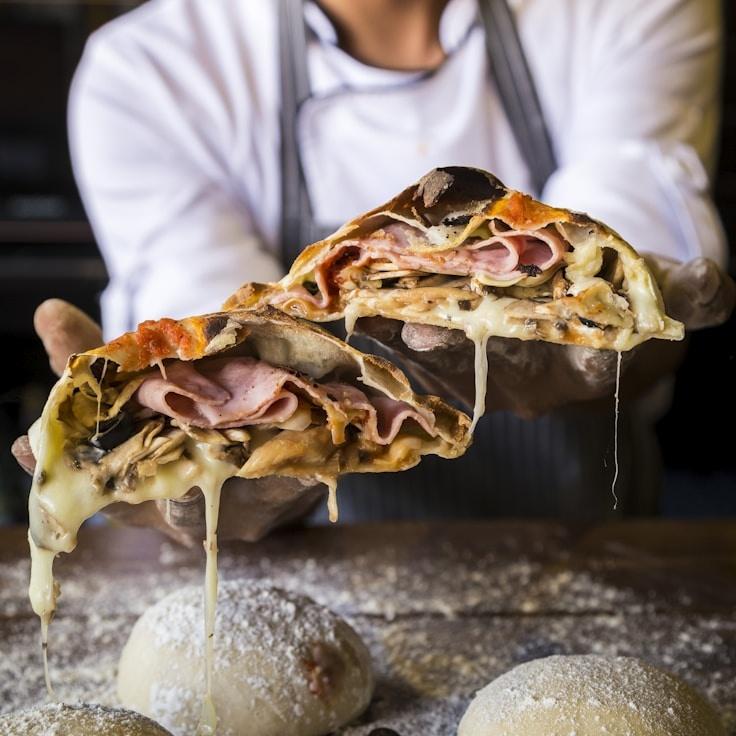Here at SharedUtilityPortal, we're convinced that the cornerstone of a remarkable pizza is the dough itself. With over 30 years spent refining our mix, we're thrilled to offer a glimpse into our traditionally held kitchen wisdom. While the full recipe remains a cherished company secret, the guidelines provided here will assist you in replicating a professional pizzeria-style pizza dough in your own kitchen.
Quality of Flour is Key
The crucial element for outstanding pizza dough is superior flour. We suggest opting for 00 flour, a finely milled Italian variant with a moderate protein level (approximately 12%), which yields an ideal mixture of dough elasticity and softness. Should 00 flour be unavailable, a decent alternative is bread flour, though the resulting texture may vary slightly.
Understanding Water Temperature and Dough Hydration
Water's temperature is pivotal in determining fermentation duration and dough maturity. Utilize cooler water around 45°F (7°C) for a prolonged fermentation process that enhances flavor. Conversely, lukewarm water around 85°F (29°C) will hasten fermentation. The dough's moisture content, defined by the ratio of water to flour, should commonly be within the 60-70% range for optimal results in standard home ovens.
Yeast Usage and Fermentation Timing
The secret to a delectable dough is in minimizing yeast use and maximizing the fermentation period. For our doughs, which ferment over 24-48 hours, we add a mere 0.2% fresh yeast in relation to the flour mass. This unhurried technique allows for the development of intricate flavors and results in dough that's more easily digested.
Salt and its Structural Role
More than just a flavor enhancer, salt fortifies gluten network and modulates fermentation. We suggest incorporating fine sea salt at a proportion of 2.5-3% to the flour mass. To avoid direct contact with yeast, which could hinder its effectiveness, introduce the salt only once the flour and water start to amalgamate.
The Fermentation Craft
Post-mixing, allow your dough a room temperature bulk fermentation phase for a couple of hours, then partition it into individual spheres. Secure these in lidded boxes and refrigerate from a day to three. It's during this cold fermentation that transformative action occurs—enzymes break down complex starches into simpler sugars, yielding not just enhanced flavor but also that distinct crust browning.
Gentle Dough Manipulation
When you're ready to craft pizzas, take the dough out of the fridge an hour or two before baking, to let it reach a moderate temperature. Delicately deal with the dough to keep intact the formed air pockets. Rather than rolling, which can compact those air spaces, gently press and stretch it using your fingertips.
Perfecting Heat Application
While our stone ovens can soar to 850°F (454°C), home ovens usually max around 550°F (288°C). Compensate by using either a pizza stone or a steel, preheated for at least one hour, to emulate the intense bottom heat necessary for that signature crisp shell with a fluffy core.
Perfecting pizza dough is a continual learning experience. Each preparation offers new insights into its science and art. It's advised to record your findings, tweak the variables, and tailor the method to best suit your kitchen's characteristics.
Should you wish to observe our dough crafting procedure firsthand, sign up for our monthly pizza workshops. Chef Julian demonstrates these techniques with in-depth explanations. For upcoming sessions, please refer to our events page!

